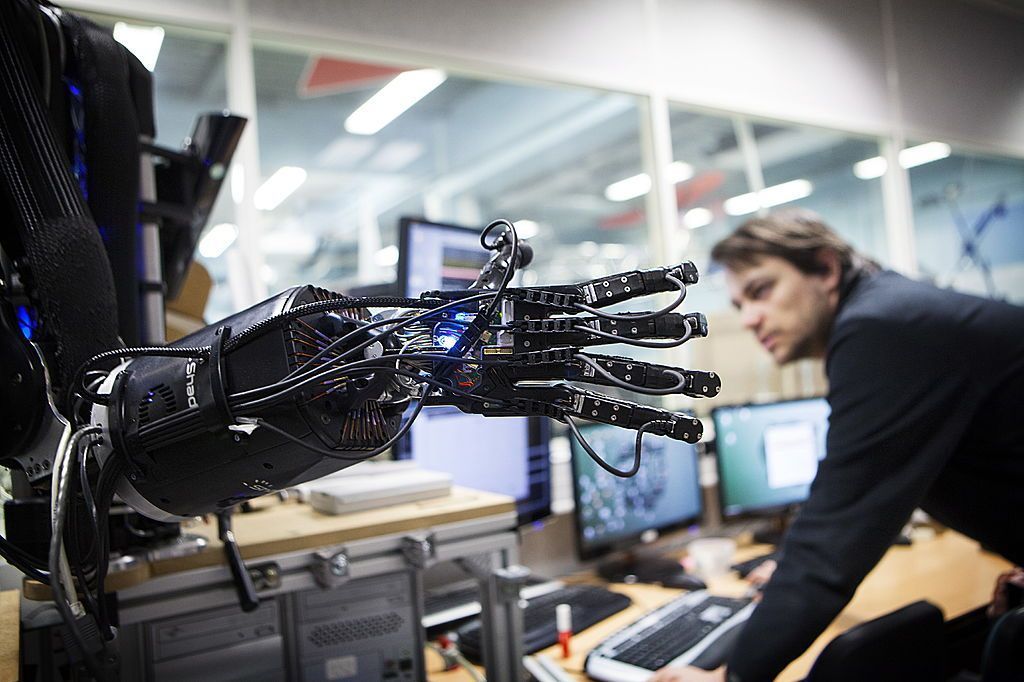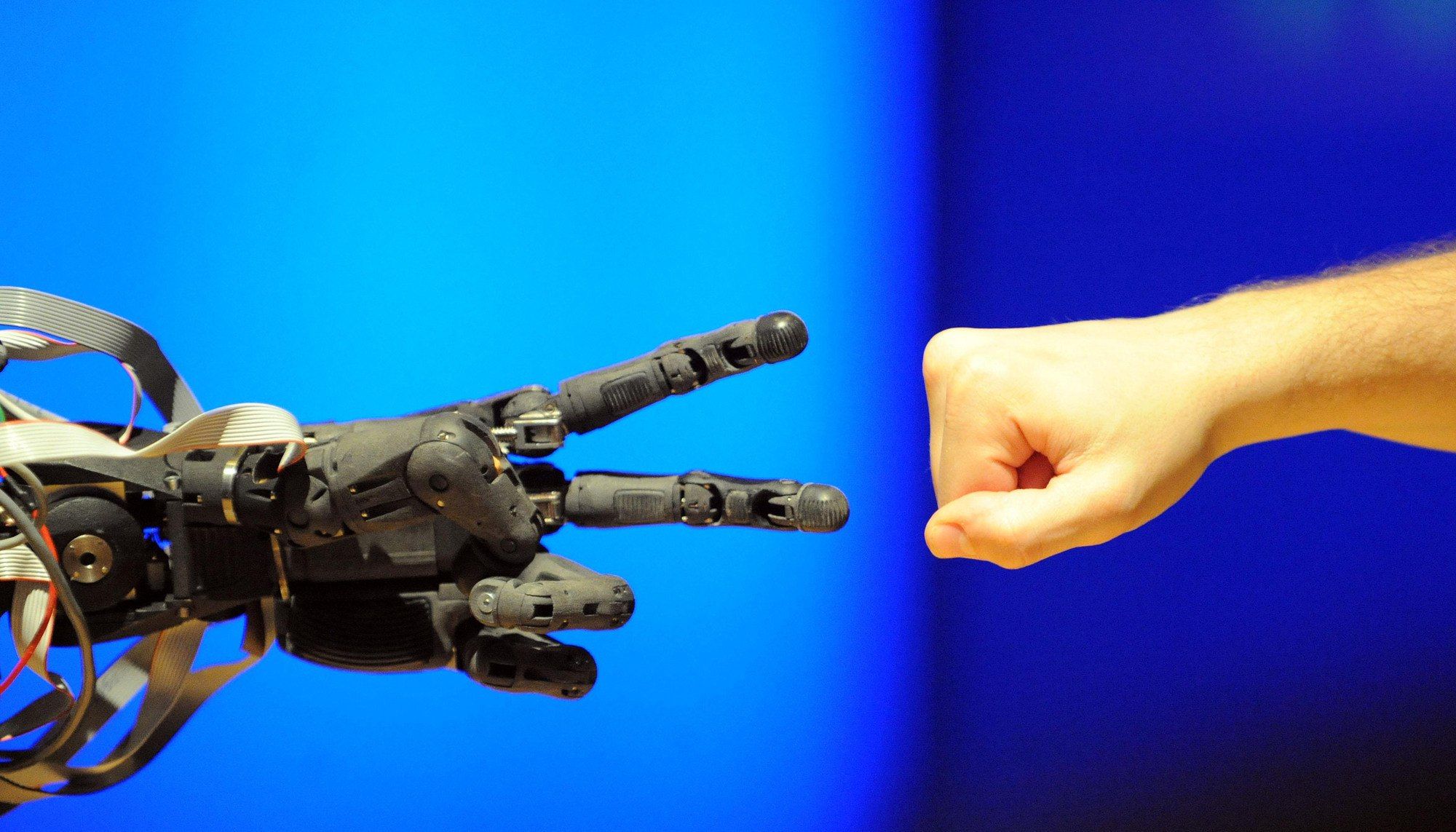MIT’s Center for Extreme Bionics it trying to eliminate human disabilities and push us beyond the limits of our own bodies.



A new article recently out discussing issues of #transhumanism:
Hello reader, are you trans? Transhuman, that is.
Probably not, but one day you might be – or, failing that, your kids or grandkids. In what is very much a ‘guest’ piece for the American Conservative, Zoltan Istvan – the Libertarian candidate for Governor of California – explains his transhumanist vision:
“…transhumanism is the international movement of using science and technology to radically change the human being and experience. Its primary goal is to deliver and embrace a utopian techno-optimistic world—a world that consists of biohackers, cyborgists, roboticists, life extension advocates, cryonicists, Singularitarians, and other science-devoted people.”
There’s no need to fear a robot taking your job – not if you become one yourself!

From robotic replacement limbs to bionic eyes, the next step in human evolution might involve augmenting our bodies with a variety of new technology.
The ‘Iron Man’ exoskeleton that can let disabled children walk again.

Article out by Ron Bailey at Reason Magazine that discusses #transhumanism and #libertarianism:
Kai Weiss, a researcher at the Austrian Economics Center and Hayek Institute in Vienna, Austria, swiftly denounced the piece. “Transhumanism should be rejected by libertarians as an abomination of human evolution,” he wrote.
Clearly there is some disagreement.
Weiss is correct that Istvan doesn’t expend much intellectual effort linking transhumanism with libertarian thinking. Istvan largely assumes that people seeking to flourish should have the freedom to enhance their bodies and minds and those of their children without much government interference. So what abominable transhumanist technologies does Weiss denounce?
Weiss includes defeating death, robotic hearts, virtual reality sex, telepathy via mind-reading headsets, brain implants, ectogenesis, artificial intelligence, exoskeleton suits, designer babies, and gene editing tech. “At no point [does Istvan] wonder if we should even strive for these technologies,” Weiss thunders.
It could give you amazing capabilities, like being able to see your own cells.

London-based AI start-up REZIINE has published the entire explanation and framework design for the creation of consciousness in machines.
“Consciousness Illuminated and the Reckoning of Physics” – a 525-page document – features:
Describing the compact definition of consciousness as “the ability to make illogical decisions based on personal values”, founder, Corey Reaux-Savonte, goes on to say:
If consciousness is the ability to make illogical decisions based on personal values, …
Read the full story at LinkedIN
Meet Bionic Boots.